
Culture
16:23, 15-Feb-2018
Luck arrives: Connotations behind the most beloved word “Fu”
By Yang Meng
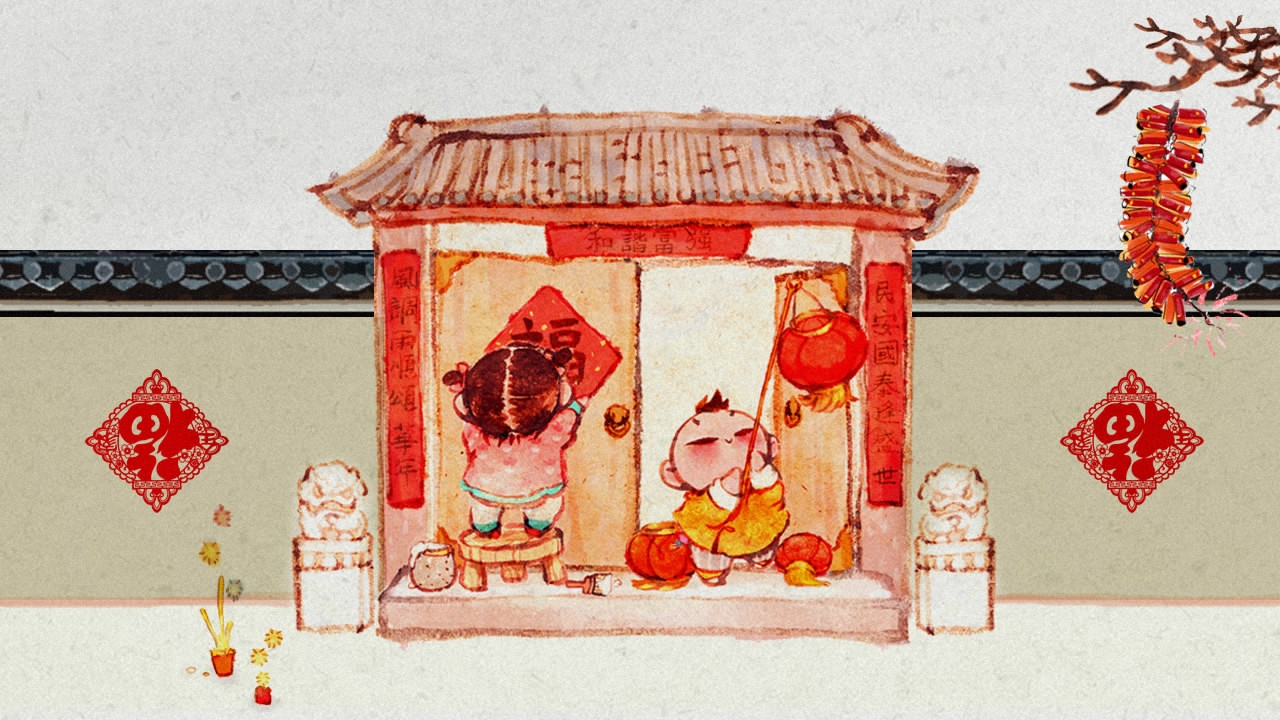
The Chinese New Year, or Spring Festival (Chun Jie), is finally here, with its rich culture and great influence, there are many customs and rituals to follow.
Previously, news of British Prime Minister Teresa May holding a traditional Chinese paper-cut of the character “Fu”(福), which means “Luck,” sparked global debate. The rich connotations behind the word were unveiled.
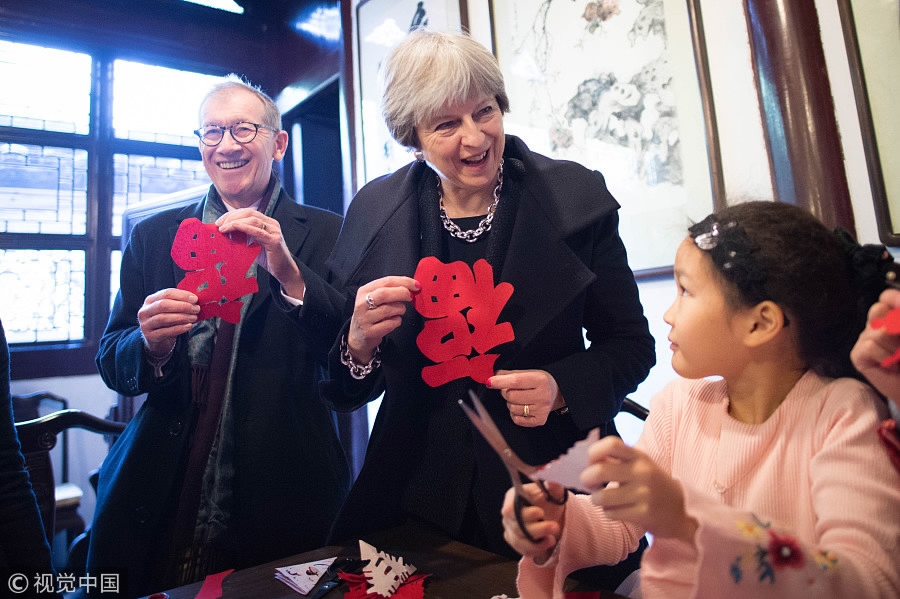
British Prime Minister Theresa May and her husband, Philip May, show their paper-cuts at Yuyuan Garden in Shanghai. /VCG Photo
British Prime Minister Theresa May and her husband, Philip May, show their paper-cuts at Yuyuan Garden in Shanghai. /VCG Photo
During May’s visit to China, she and her husband “mistakenly” held the “Fu” character paper-cut upside down, and a British newspaper said it means their good fortunes were reversed. But soon, many Chinese people pointed out that May actually held it right.
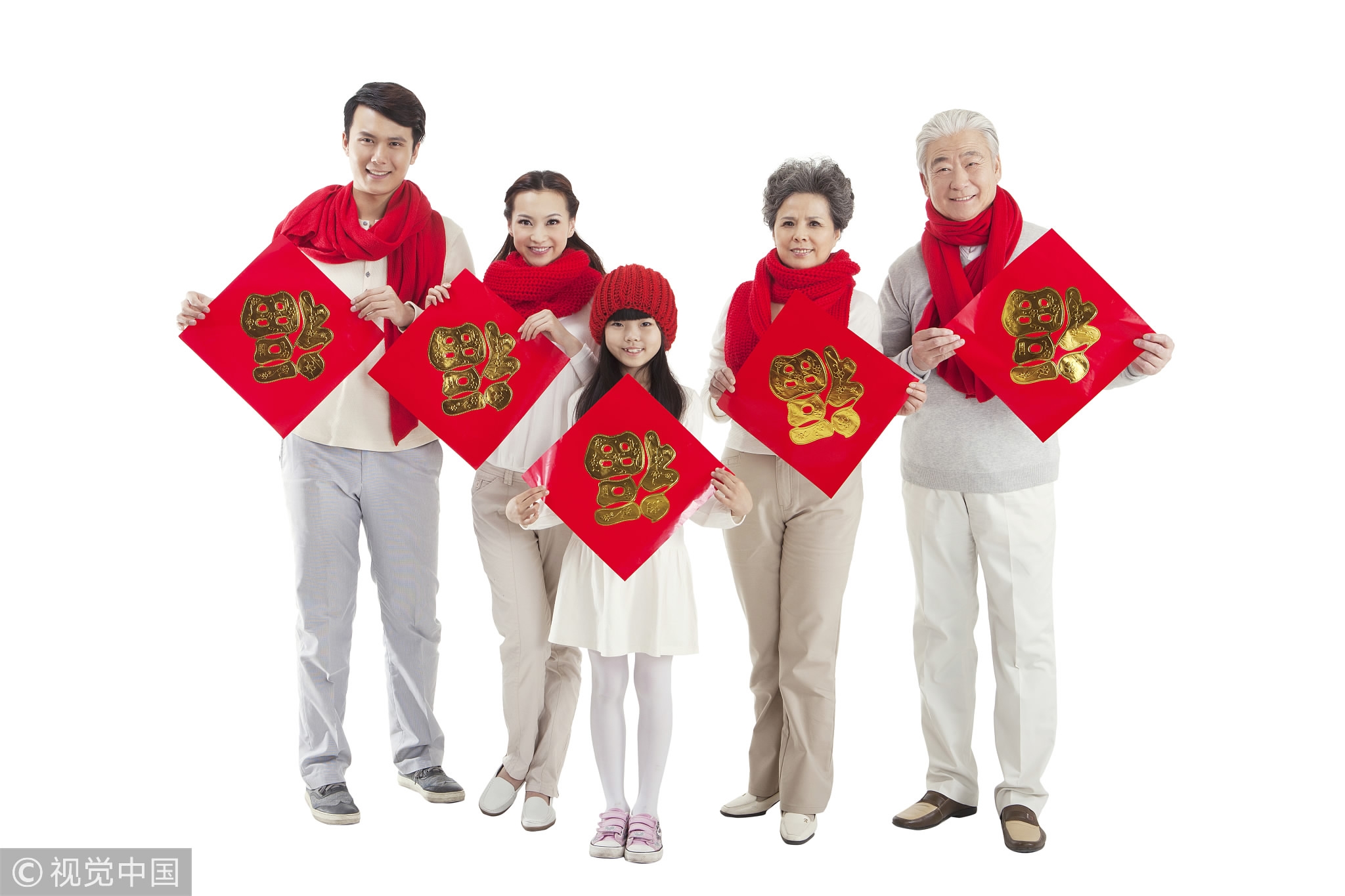
Chinese family holding "Fu" upside down. /VCG Pho
Chinese family holding "Fu" upside down. /VCG Pho
The reason why “Fu” can be displayed either upright or upside down has several different origins, but nowadays, people reverse the character on purpose because “upside down“ sounds the same as “arrive” in Chinese. Therefore, Chinese people believe this is the equivalent of saying “luck arrives.”
Given its meanings of luck or happiness, "Fu" is widely used to decorate houses. Diagonal red squares with “Fu” written on them can be seen on the gates of many Chinese homes, especially during the Spring Festival. A red paper-cut of the character is a must in decorating, to express good wishes for the upcoming Chinese New Year.
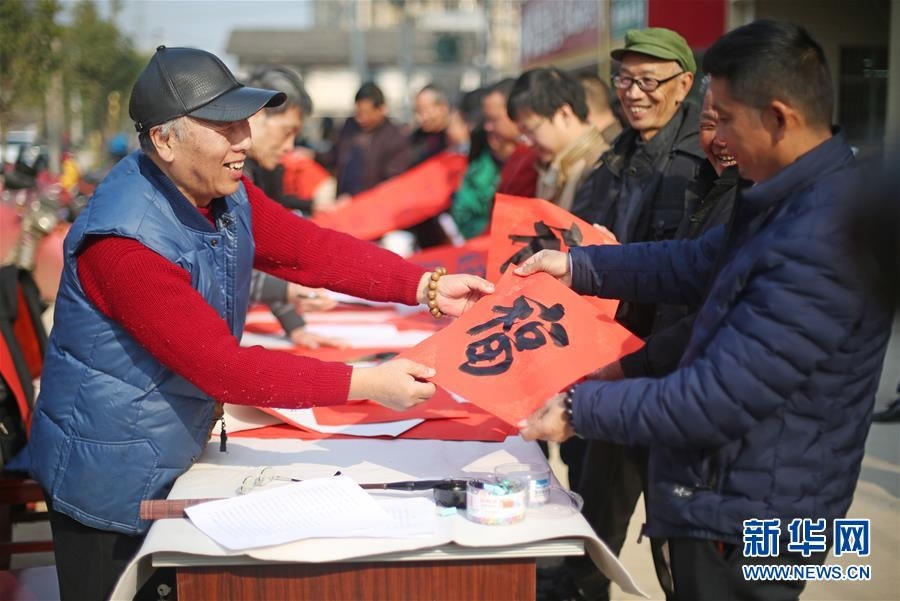
People giving out "Fu" calligraphy. /Xinhua Photo
People giving out "Fu" calligraphy. /Xinhua Photo
Throughout China's thousands of years of civilization, “Fu” has reflected the positive attitudes and values of the Chinese people. People yearn for it and interpret it in different ways. Even today, artists have not yet stopped exploring the beauty of the word.
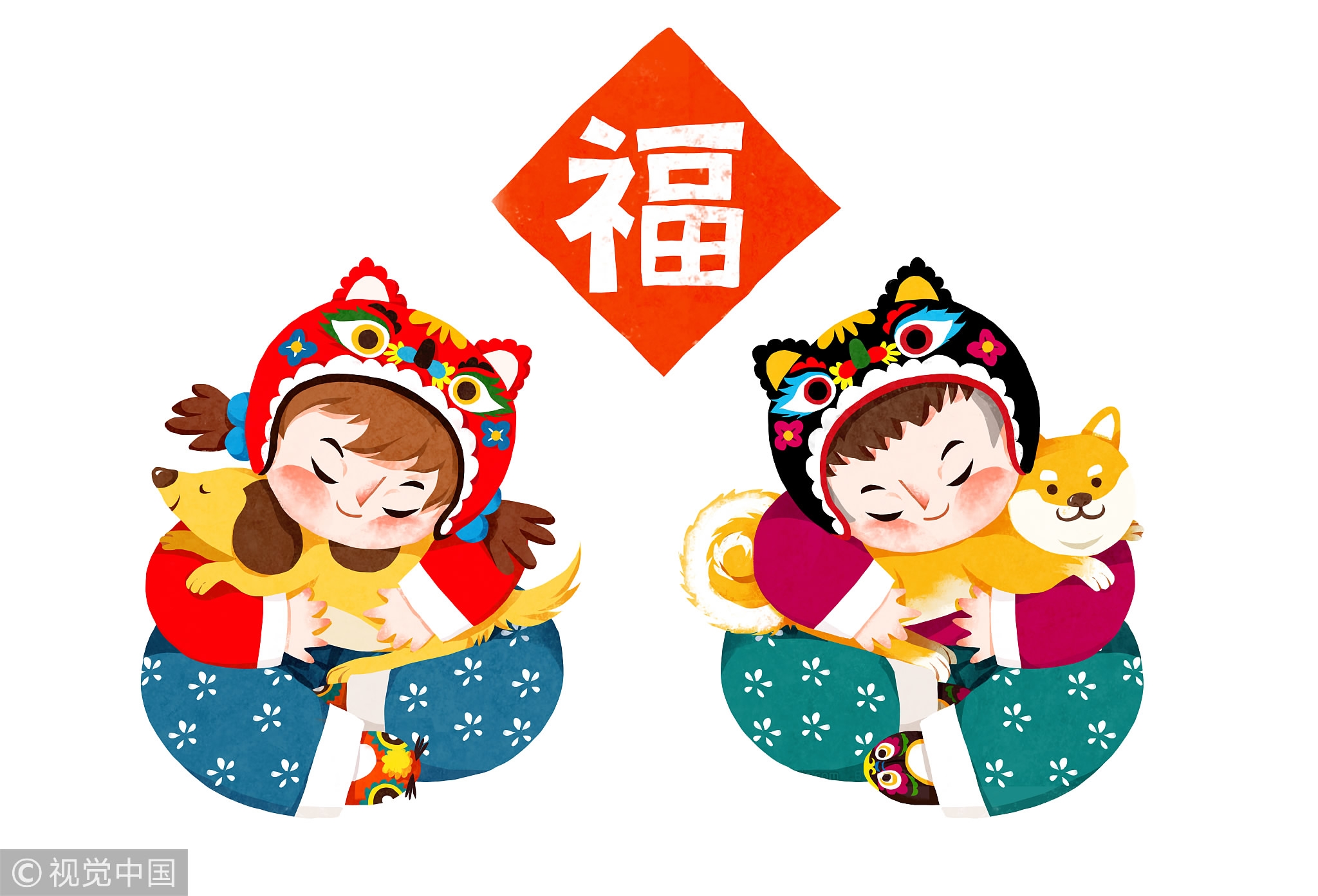
Traditional Chinese New Year picture with "Fu" in the middle. /VCG Photo
Traditional Chinese New Year picture with "Fu" in the middle. /VCG Photo
“Fu” has been incorporated into the designs of household supplies, furniture and clothing. Even bats (蝠 Fu) are considered auspicious because the word sounds similar to "good fortune." Indeed, bats are one of the most common elements of Chinese classical furniture.
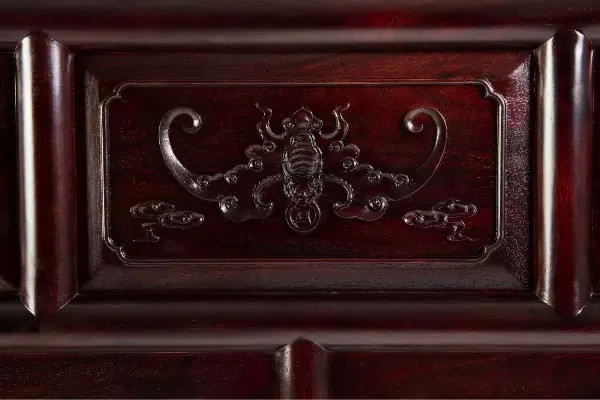
A bat design on classic Chinese furniture. /Sohu Photo
A bat design on classic Chinese furniture. /Sohu Photo
This year, a graphic designer named Lin Xiang combined "Fu" with the characteristics of different cities in China. Since his designs were creative and accurately reflected the traits of each city and province, they were a hit with social media users.
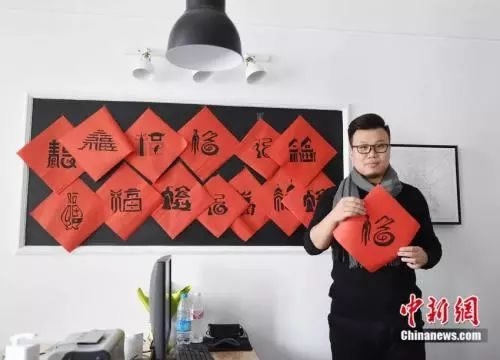
Lin Xiang and his "Fu" designs. /Photo via Chinanews.com
Lin Xiang and his "Fu" designs. /Photo via Chinanews.com
“I love the ‘Fu’ design for my hometown Beijing; I actually printed it out and pasted it to my door,” Liu Xian, a Beijing citizen said. “I think it will bring me good luck for the year of dog.”
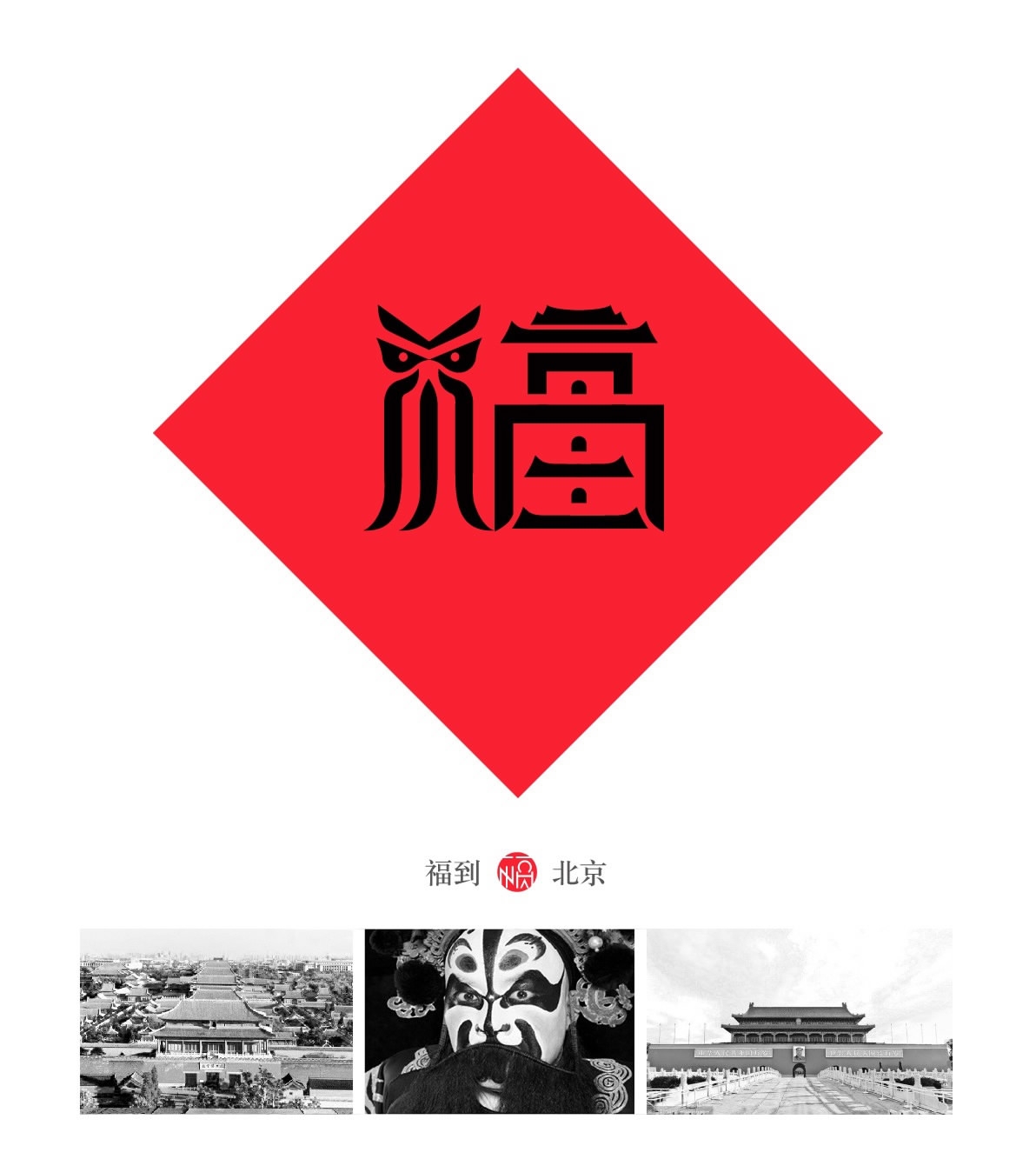
The Beijing "Fu" designed by Lin Xiang. /Sohu Photo
The Beijing "Fu" designed by Lin Xiang. /Sohu Photo

SITEMAP
Copyright © 2018 CGTN. Beijing ICP prepared NO.16065310-3
Copyright © 2018 CGTN. Beijing ICP prepared NO.16065310-3